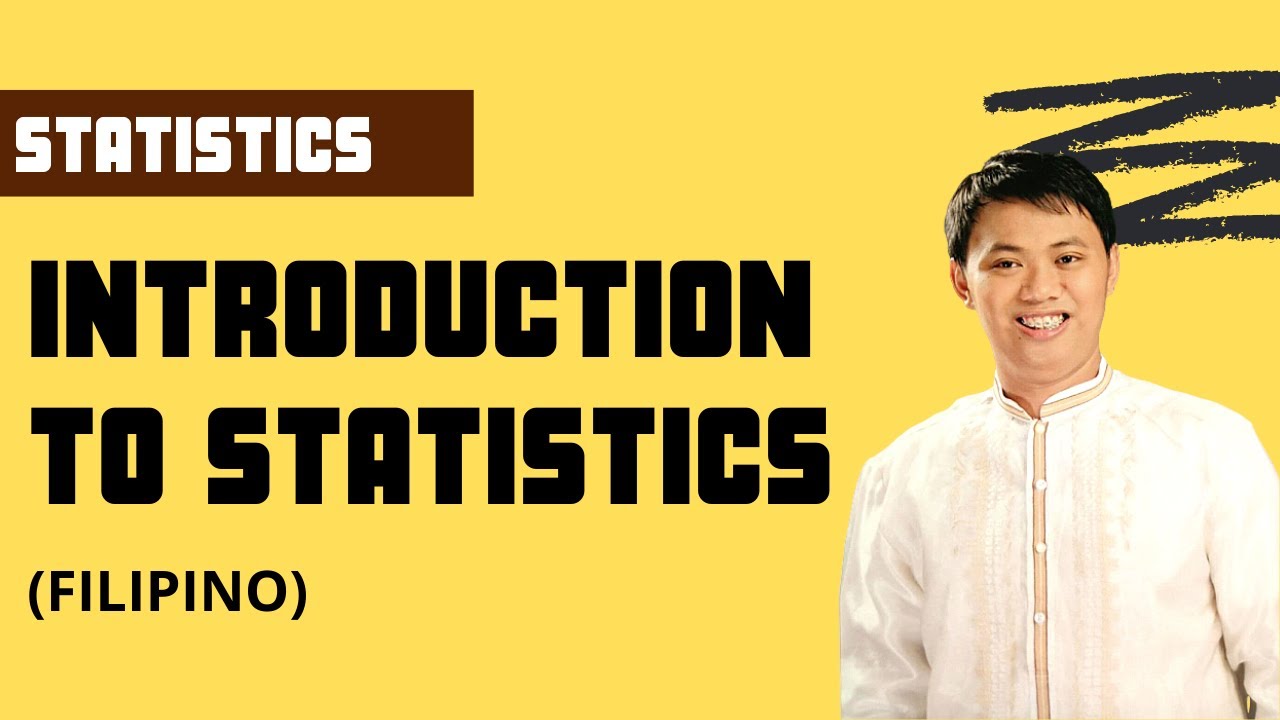STATISTIKA BAGIAN 1
Summary
TLDRIn this lesson, the teacher introduces students to the concept of statistics, explaining its importance in various fields like government, astronomy, biology, technology, and business. Key points covered include the definition of statistics, its real-life applications like population censuses and elections, and methods for data collection such as interviews, surveys, observation, and document analysis. The teacher emphasizes the practical use of statistical methods through activities like measuring the height of classmates and identifying geometric shapes in the classroom. The session concludes with a prayer and a reminder to stay healthy and motivated.
Takeaways
- 😀 Students are introduced to statistics and its importance in various fields like government, astronomy, biology, technology, business, and economics.
- 😀 The main objective of learning statistics is to understand its definition, its benefits in daily life, and how to collect data effectively.
- 😀 Statistics involves collecting, organizing, presenting, analyzing data, and drawing logical conclusions for accurate decision-making.
- 😀 Government applications of statistics include population census, election polls, and quick count methods in elections.
- 😀 The Indonesian Statistics Agency (BPS) conducts population censuses and publishes national and regional statistical data.
- 😀 The census data collection involves online methods, interviews, and sampling techniques.
- 😀 Elections (Pemilu) and election results can be verified through 'quick count,' a fast method of calculating voting results from a sample of polling stations.
- 😀 Polling refers to surveys conducted to measure public opinion, often used to gauge the popularity of political figures during elections.
- 😀 An example of a polling result showed Joko Widodo leading with the highest percentage of votes, followed by Prabowo in the 2021 survey.
- 😀 Methods of data collection include interviews, questionnaires (or surveys), direct observation, and document or archival research.
- 😀 Interviews involve direct questioning, questionnaires collect information on behaviors and attitudes, and observation focuses on firsthand data collection from various phenomena.
Q & A
What is the main objective of learning statistics in this lesson?
-The main objectives are to understand the definition of statistics, to learn its benefits in daily life, and to understand how to collect data in statistics.
What is the definition of statistics as explained in the script?
-Statistics is the science or method that studies the processes of collecting, organizing, presenting, analyzing, and drawing logical conclusions from data to make accurate decisions.
In which fields is statistics applied, according to the script?
-Statistics is applied in various fields such as government, astronomy, biology, technology, business, economics, and industry.
How is statistics used in government activities?
-In government, statistics are used for purposes such as census data collection and quick count (quick tally) during elections, which helps in decision-making and policy formation.
What is a census, and how is it used in Indonesia?
-A census is a method of collecting population data, conducted every 10 years by the Indonesian Statistics Bureau (BPS). It includes online data collection, interviews, and sampling.
What is the purpose of a quick count during elections?
-A quick count is used to verify the results of an election by calculating the percentages of votes from selected polling stations, providing a more accurate result.
What is polling, and how does it relate to elections?
-Polling is a survey method to measure public opinion on political issues. It gathers data about how people feel about candidates or political issues, often before elections.
What are the four methods of data collection mentioned in the script?
-The four methods of data collection are interviews, questionnaires (or surveys), observations, and document or archive collection.
How is data collected through interviews?
-Data is collected through interviews by asking questions directly to the subjects being studied. The answers provide firsthand information for research or surveys.
What is the difference between observations and interviews in data collection?
-Observations involve directly watching and recording the behavior or events of subjects, while interviews involve asking questions and gathering answers directly from individuals.
Outlines

This section is available to paid users only. Please upgrade to access this part.
Upgrade NowMindmap

This section is available to paid users only. Please upgrade to access this part.
Upgrade NowKeywords

This section is available to paid users only. Please upgrade to access this part.
Upgrade NowHighlights

This section is available to paid users only. Please upgrade to access this part.
Upgrade NowTranscripts

This section is available to paid users only. Please upgrade to access this part.
Upgrade NowBrowse More Related Video
5.0 / 5 (0 votes)





